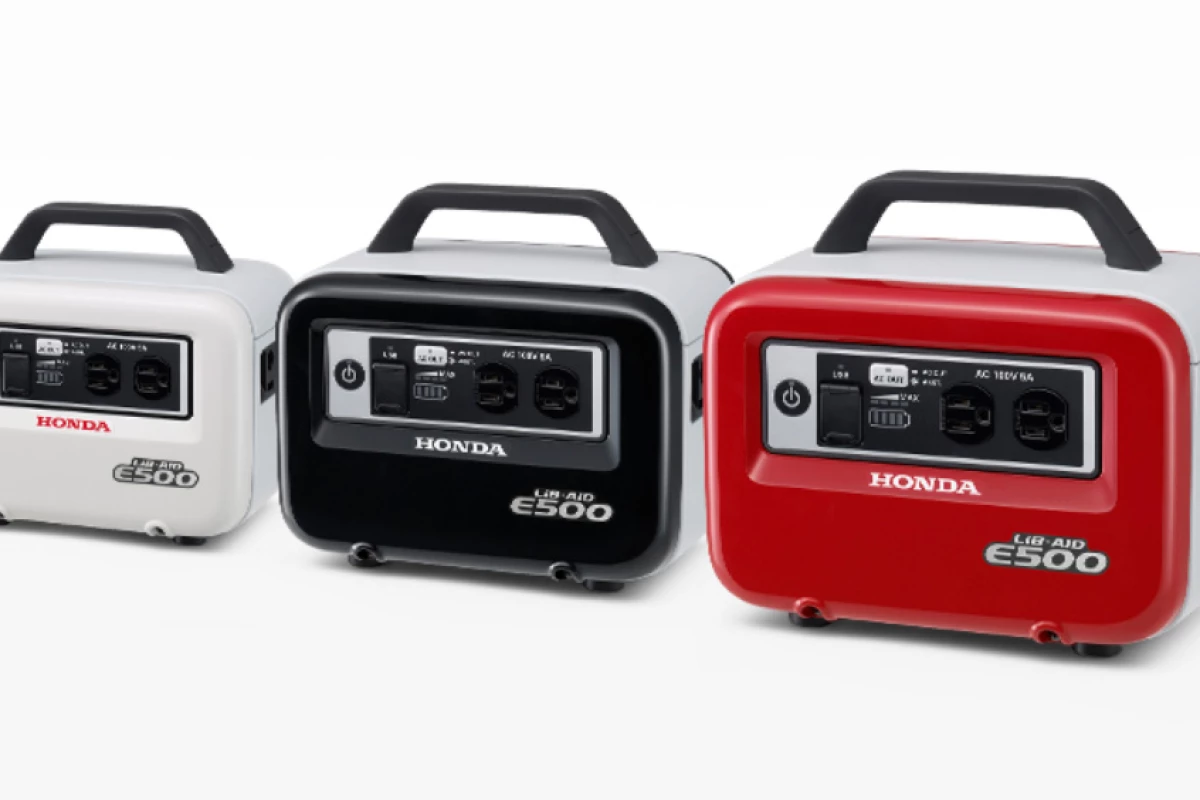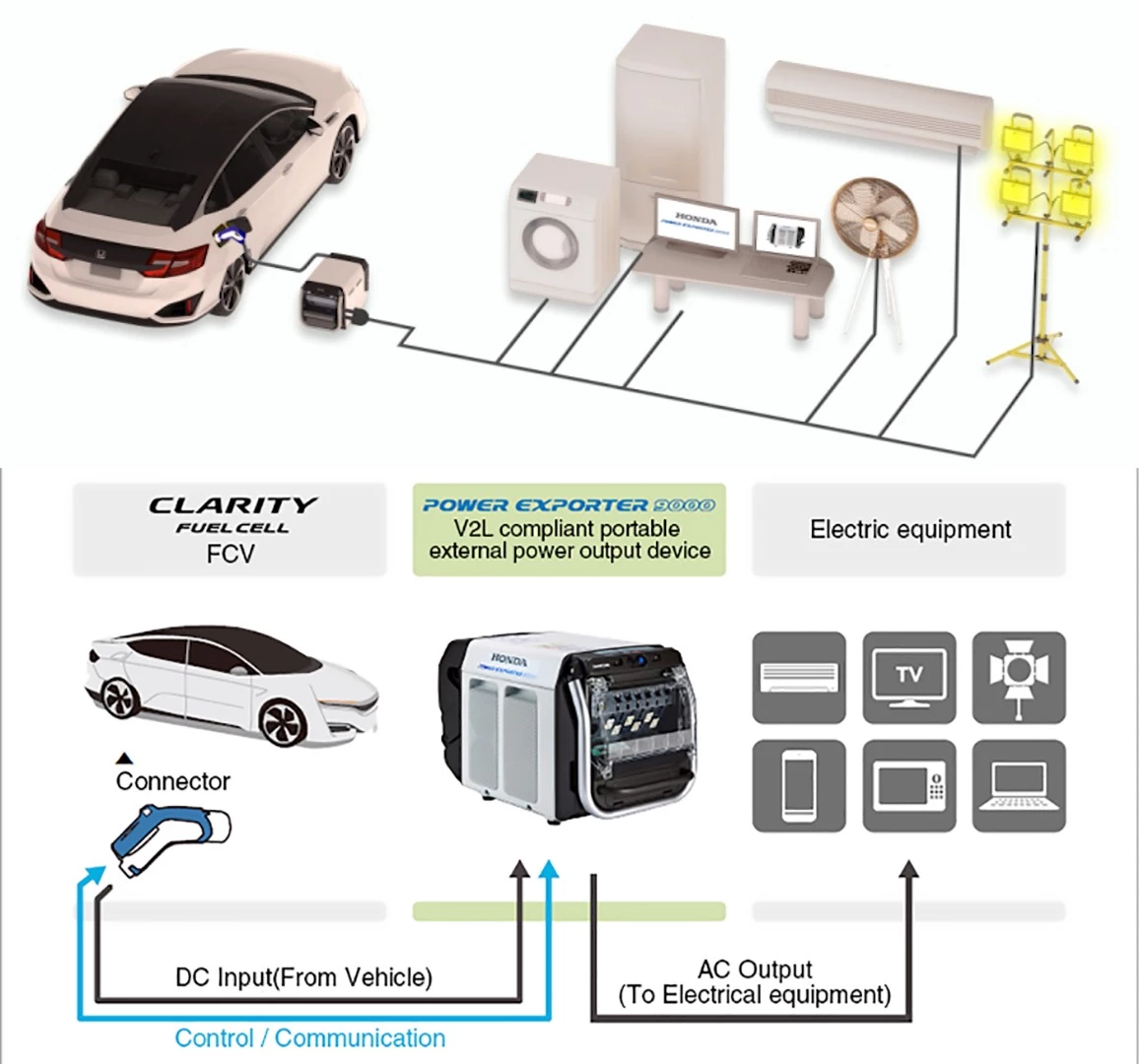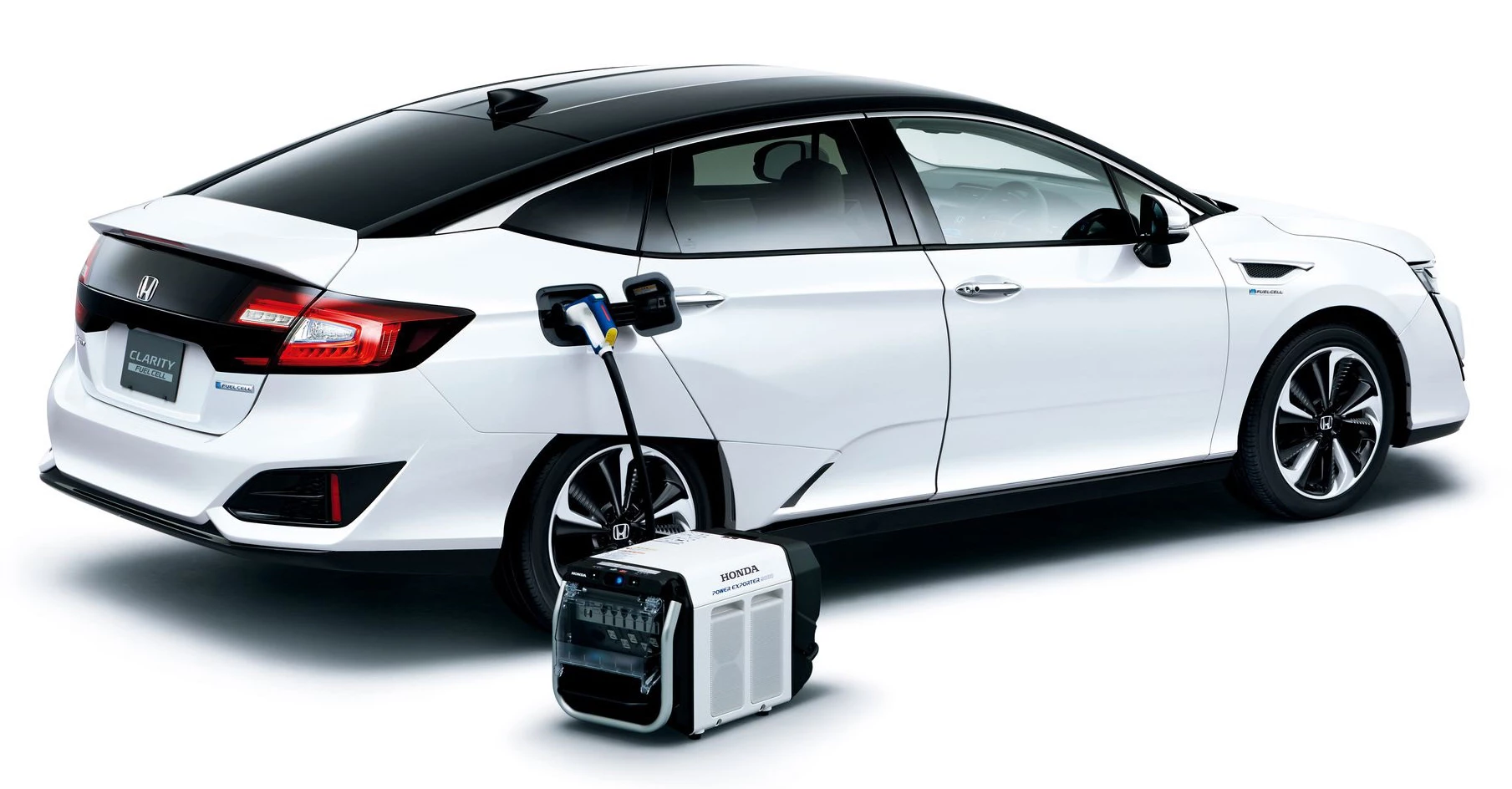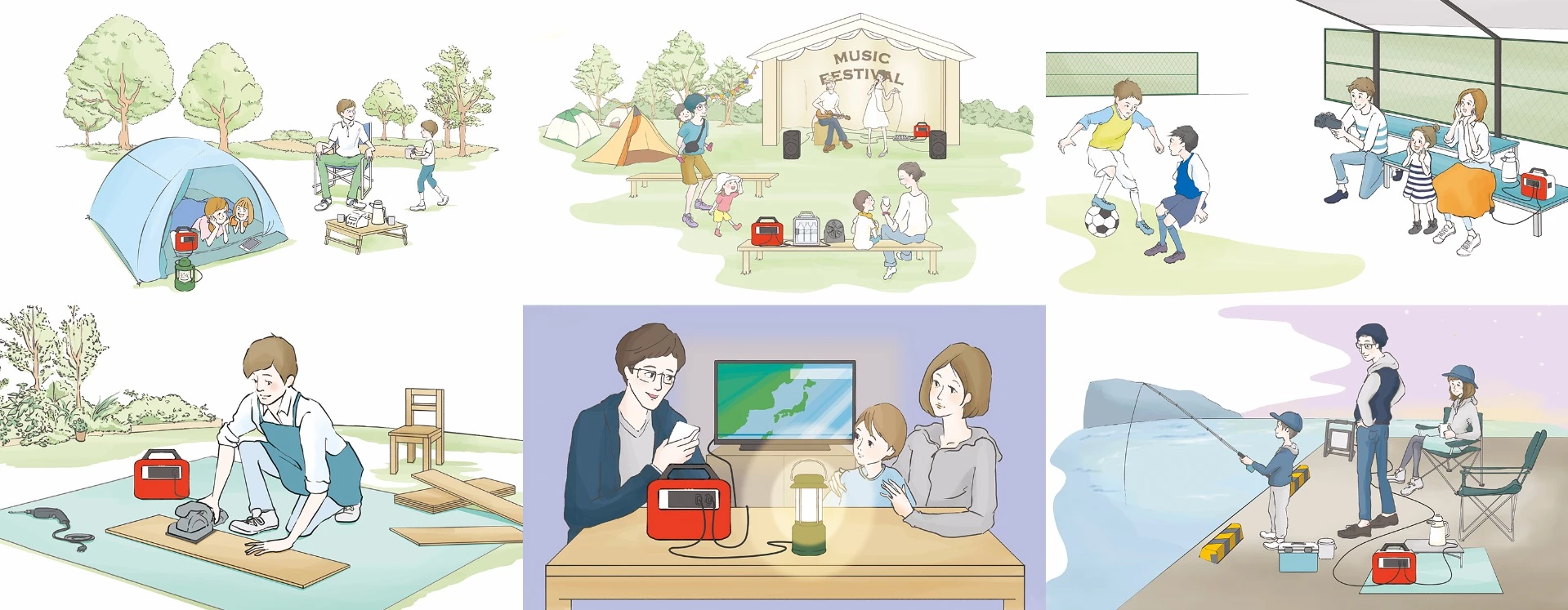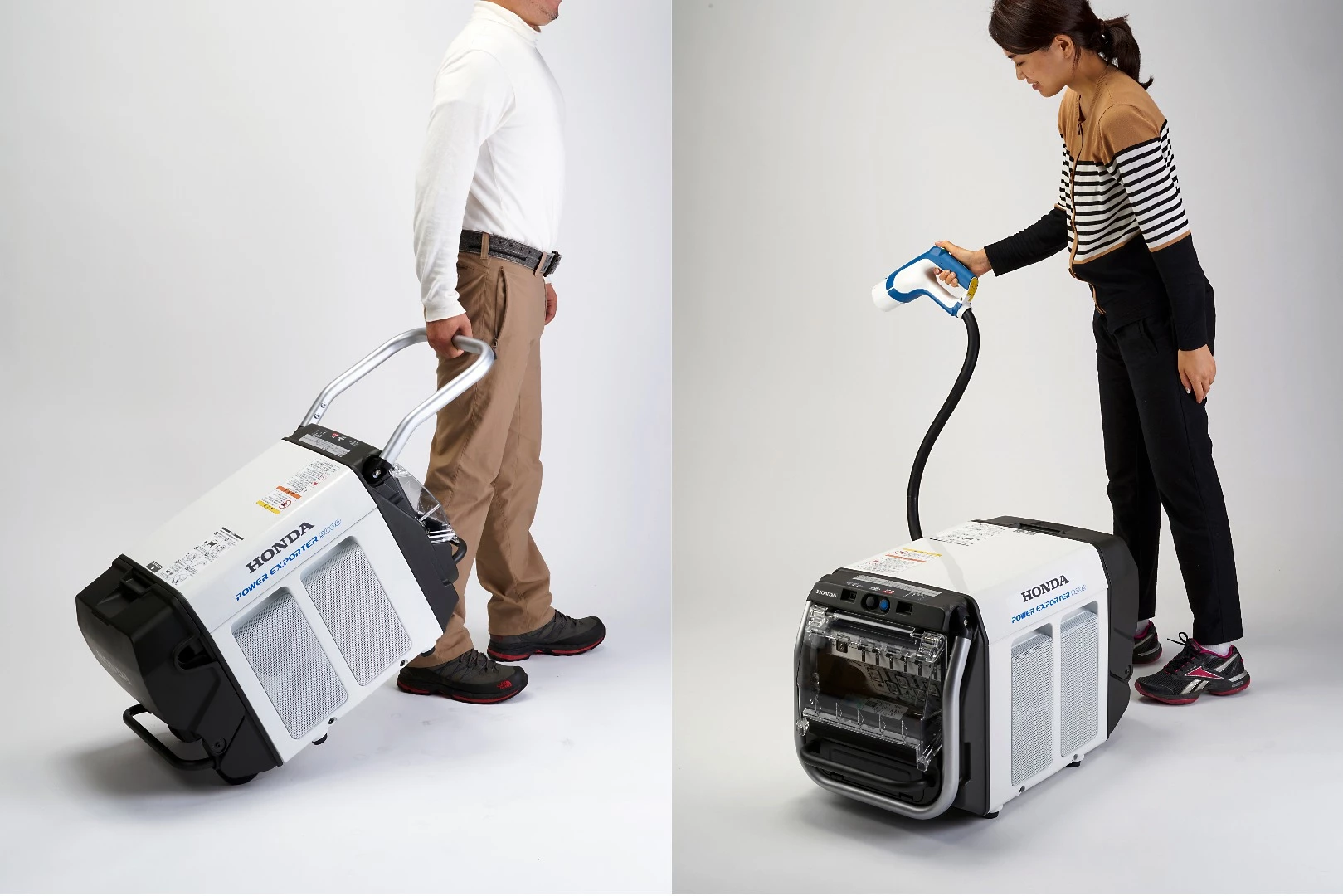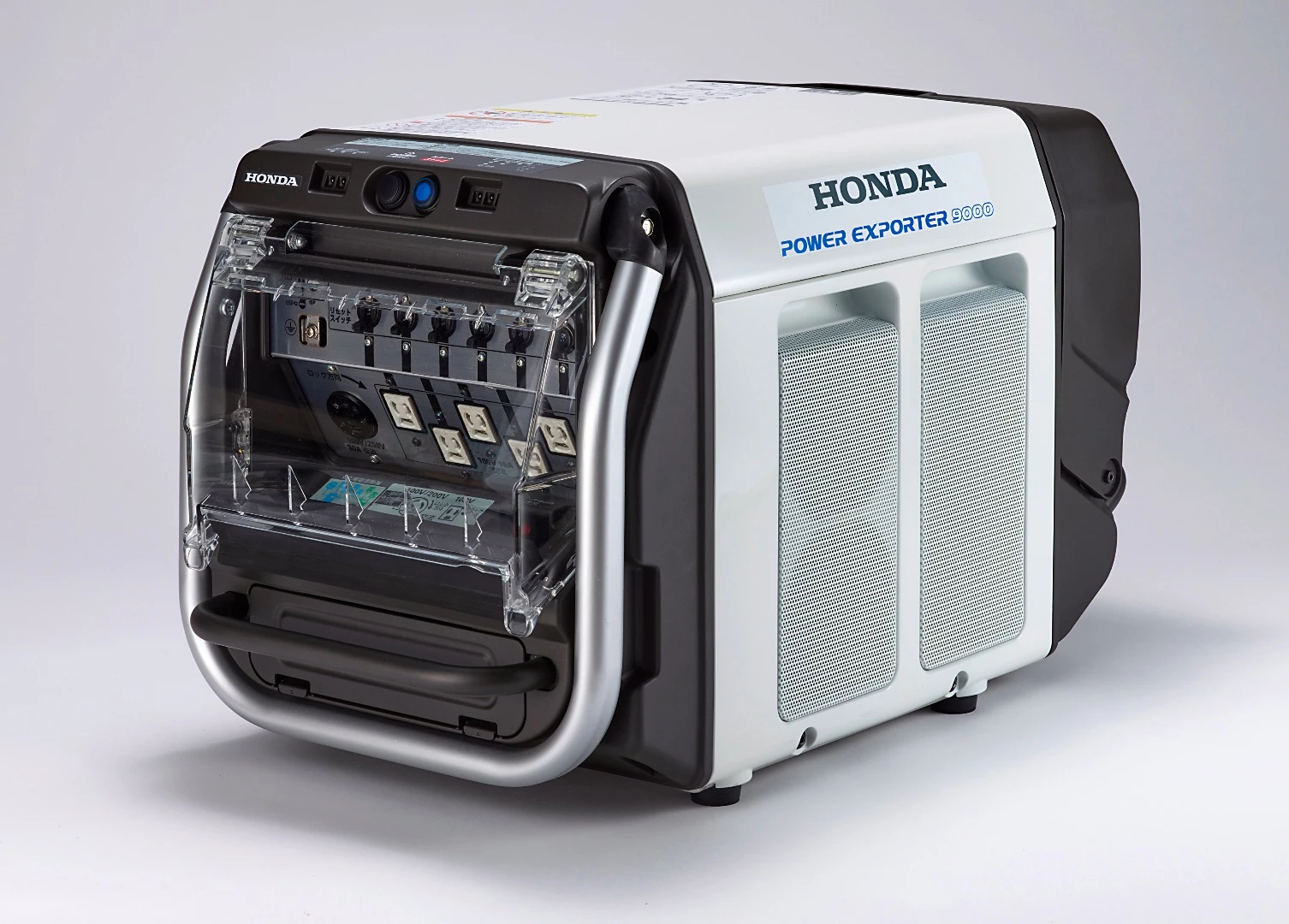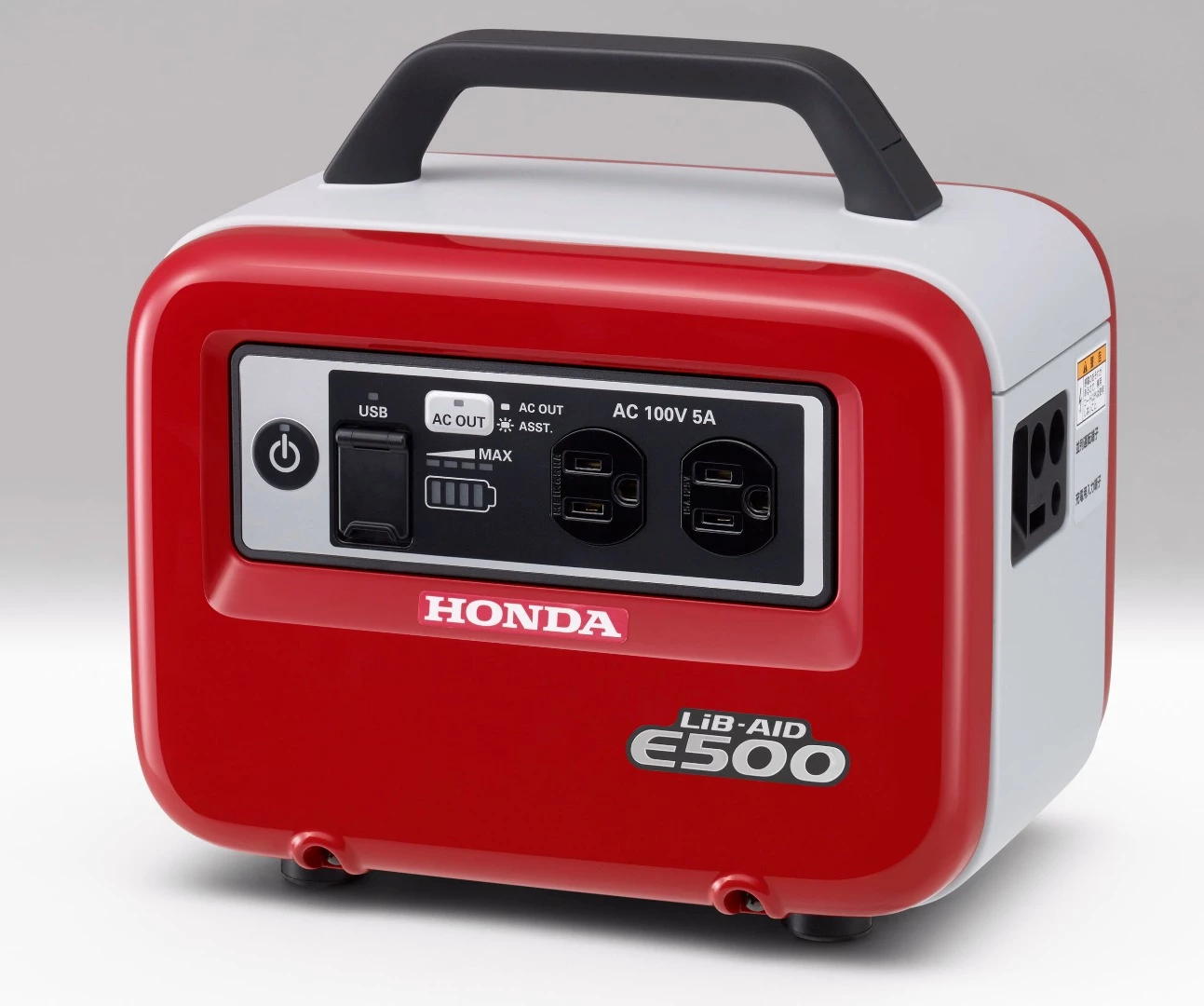Honda released its clumsily named Lib-AID E500 into the local Japanese market earlier this month with little fanfare. The Lib-AID E500 is quite similar to the power bank you might carry for your life support system (aka smartphone), except it's bigger, holds a lot more power, and can deliver AC power to run devices you only ever use via a mains electricity wall socket.
At 266 × 182 × 248 mm (10.5 x 7.2 x 9.8 in) and 5.3 kg (11.7 lb), the US$800 device is portable, but at roughly the size and weight of a car battery it's not something you'll want to carry by hand for too long. But it might be something that makes a power outage much less intrusive, particularly if you need your laptop and your laptop needs power. The E500 holds enough to fully recharge your laptop four times.

Beyond that, there are many situations where the E500's capabilities will be welcomed. The frequency of disaster-scale emergencies is distinctly on the rise too, and you only need to be near one of these once to realize that you can't always count on the cavalry arriving post haste. When planning for emergencies, it's best to use the baseline that you are on your own, and a Honda E500 might become your best friend in such circumstance, better still, if it were paired with generator so you could carry it to where it was needed.
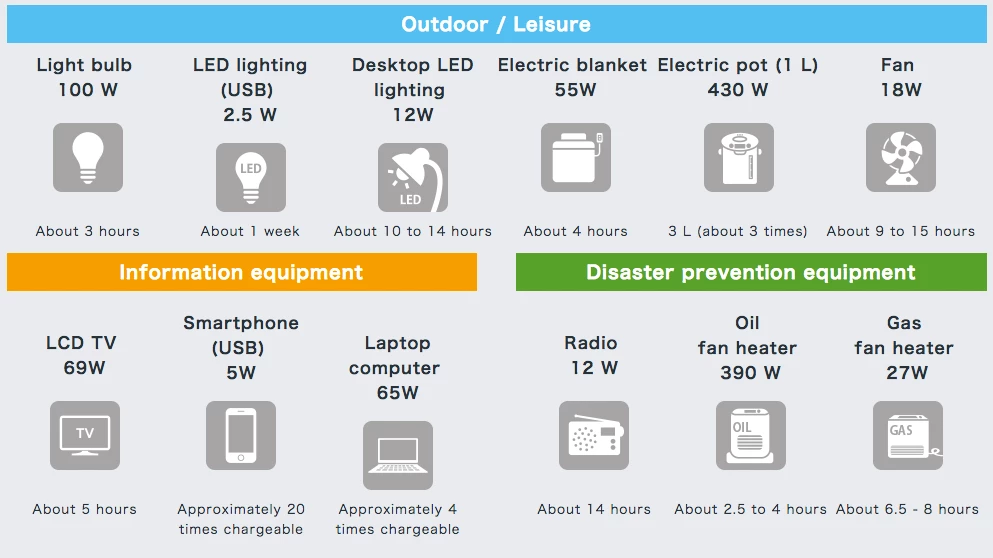
Able to be recharged from household wall sockets or car accessory sockets (DC12V), the Lib-AID E500 has two USB ports (DC5V) and two power sockets (AC100V) for output, providing up to 500 W total, or around 1 hour of continuous electricity at 300 W rated output.
Honda might be a name you think of as a mobility company, but it has also been a power company for more than 50 years with its portable generators in service in every country in the world since the Beatles topped the charts.

With the development of electric and fuel cell cars and then holistic power systems incorporating car and home, the technology for the Lib-AID E500 was first seen in the Power Exporter 9000, a device conceived to bridge the gap between the home and the power generation potential of the Honda Clarity FCV.
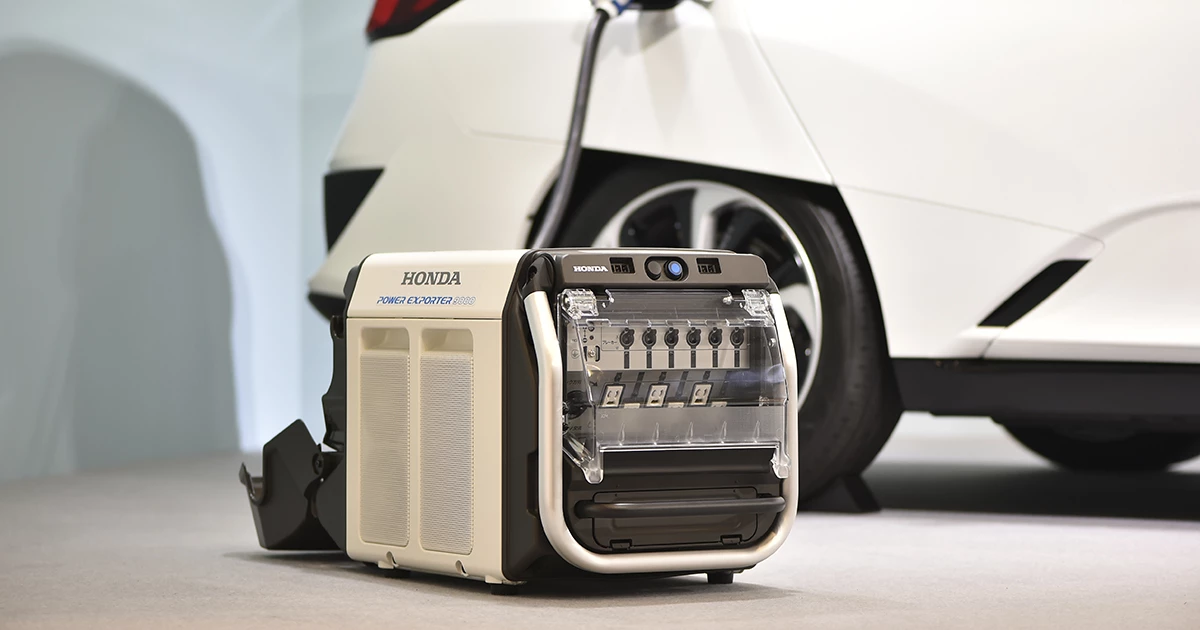
The idea was that the FCV fills the power storage of the Power Exporter 9000 …

… which can then be taken into the home …

… and when all else fails, it provides power to keep the home fires burning.

Following the Fukushima disaster in Japan, Honda has been developing many such tricks to sate a demand there for emergency power, such as joining a couple of Power Exporter 9000s together to power large lumps of suburbia (above). I'm certain most home owners can see the wisdom of having one of these on hand if finances support it.
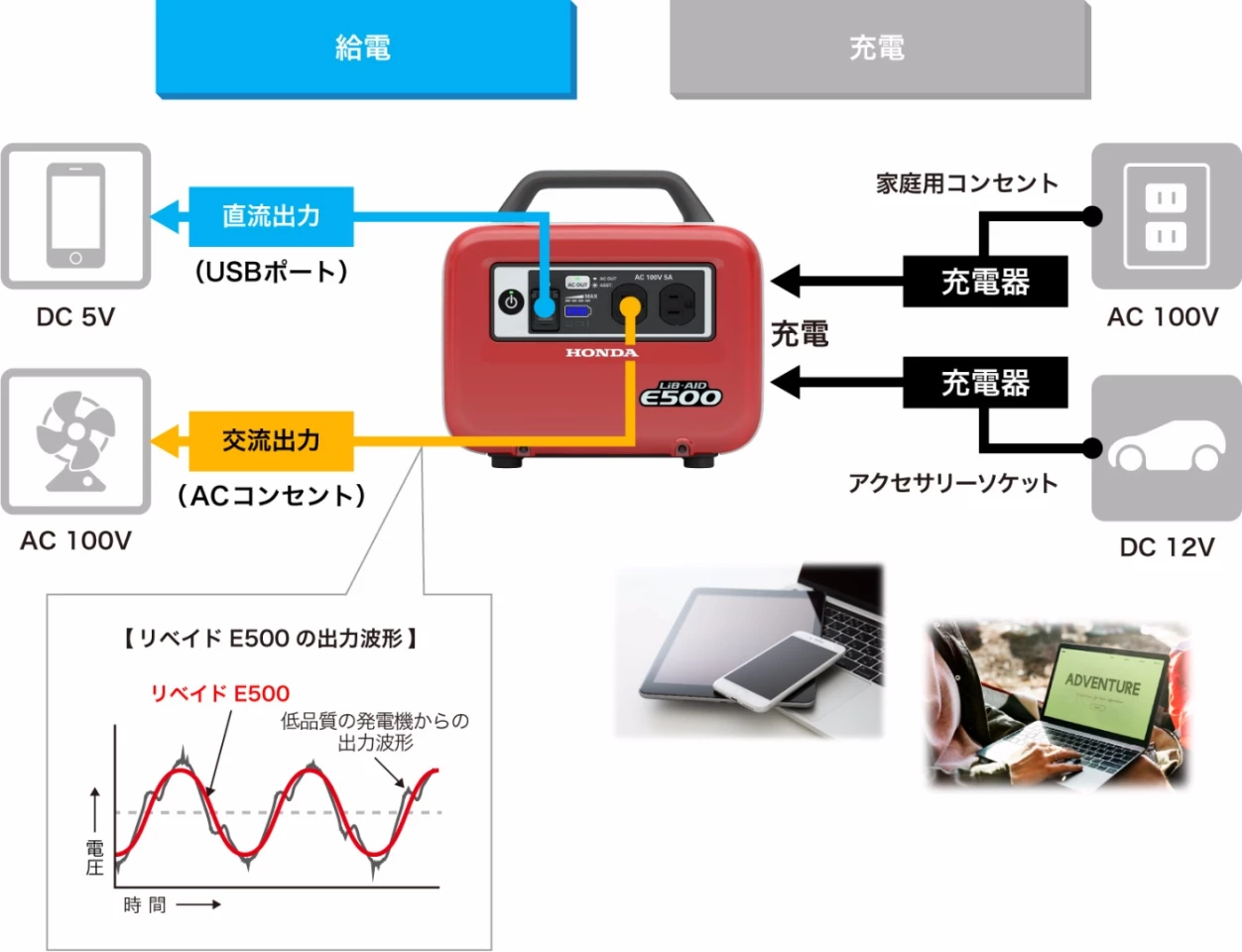
All of these devices, including the E500, use Honda's original sinewave inverter, which means that the Lib-AID E500 delivers high-quality electricity equivalent to that of the household power grid.
The prototype for the Lib-AID E500 was first shown at the Tokyo Motor Show in 2015, and now it is on the Japanese domestic market at Honda dealerships there's every reason to expect it will soon become available in America and other markets where not being able to sustainably check your email is now an existential threat.
What it all boils down to is that if the electricity grid fails, your laptop has another four charges in the bank, and it'll keep a smartphone running for a few weeks.
Product page: Honda (Japanese)
